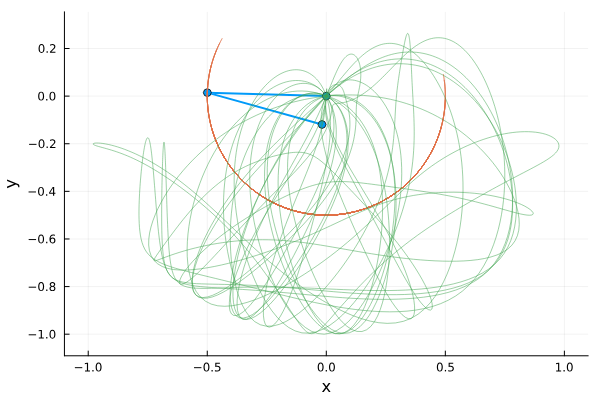
Michiel ☁️
@michielstock
Machine learning and computational biology researcher. Develops models to understand ecology and synthetic biology. Likes 📚, ☕, 👨🍳, 👨💻 and ☁️s.
ID: 166536618
https://michielstock.github.io/ 14-07-2010 11:52:01
6,6K Tweet
1,1K Followers
1,1K Following


News! (and RTs much appreciated). Norway has funding opportunities for excellent researchers outside Europe to join projects like this one. If you're interested in (a) biomathematics, bioinf, or mitochondria and (b) Norway (it's awesome), drop me a DM! forskningsradet.no/en/call-for-pr…







Evolution encodes life histories in the genome, which can act as a generator for a wide variety of phenotypes and morphologies. These "bowtie architectures" are similar to bottlenecks in a VAE. Interesting paper by Hartl and Michael Levin. cell.com/trends/genetic…










